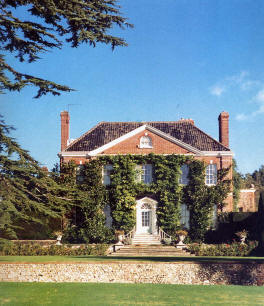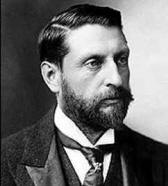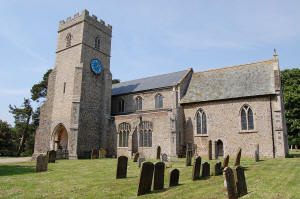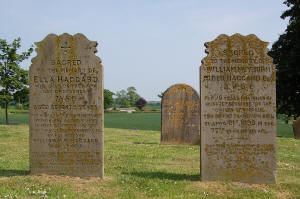Bradenham
Bradenham lies approximately five miles south west of
Dereham.
Sir Henry Rider Haggard
Sir Henry Rider Haggard (1856-1925) was born on a
farm on the Bradenham estate on 22nd June 1856. The hall, which belonged
to the Haggard family, was let at the time of his birth.
His father, William Meybolm Rider, was a barrister and his
mother was an author and poet. William Rider was
convinced that his son wasn't going to 'amount to much'
and after he attended various public schools (and
Ipswich Grammar) he finally
sent him to Africa - which proved to be a huge
inspiration for his son's forthcoming literary career.

Bradenham Hall
(Photograph © Peter Tolhurst)

Sir Henry Rider Haggard

West Bradenham Church

Rider Haggard's parents
By the time he was 29, Rider Haggard had written
three failed books and he took a shilling bet with
his brother to write an adventure story as popular as
Robert Louis Stevenson's Treasure Island. The
result was King Solomon's Mines which was
published in 1885. It sold 31,000 copies in the first
year and was quickly followed by a sequel featuring the
main character Allan Quartermain.
The hall, which is an early Georgian house, has a
garden and arboretum and is open to the public at
certain times of the year.
In her book The Cloak That I Left Lilias Rider
Haggard (Henry's daughter) recalls the fate of the hall
after the family left. The estate was sold to a timber
merchant. She also mentions the gravestones in West Bradenham churchyard.
|

